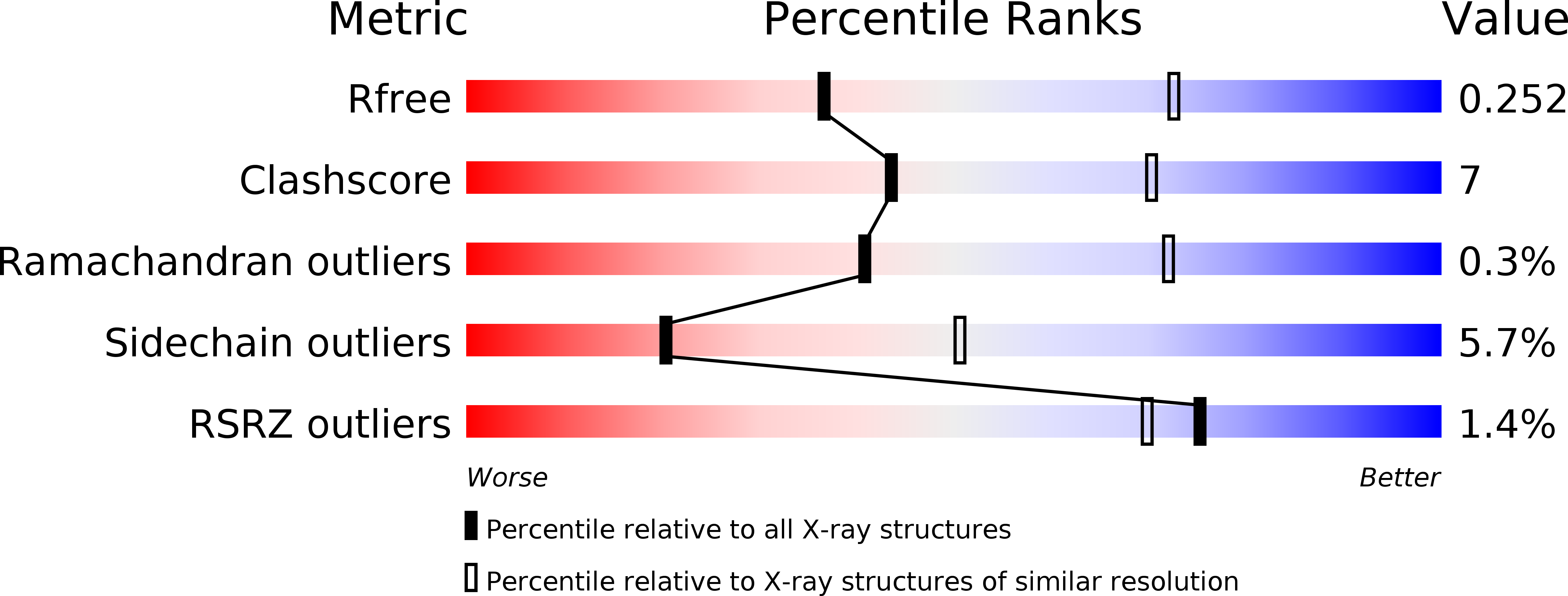
Deposition Date
2008-09-18
Release Date
2008-11-04
Last Version Date
2023-11-15
Entry Detail
PDB ID:
2ZSW
Keywords:
Title:
Crystal structure of H-2Kb in complex with the Q600Y variant of JHMV epitope S598
Biological Source:
Source Organism:
Mus musculus (Taxon ID: 10090)
Host Organism:
Method Details:
Experimental Method:
Resolution:
2.80 Å
R-Value Free:
0.25
R-Value Work:
0.21
R-Value Observed:
0.21
Space Group:
P 1


